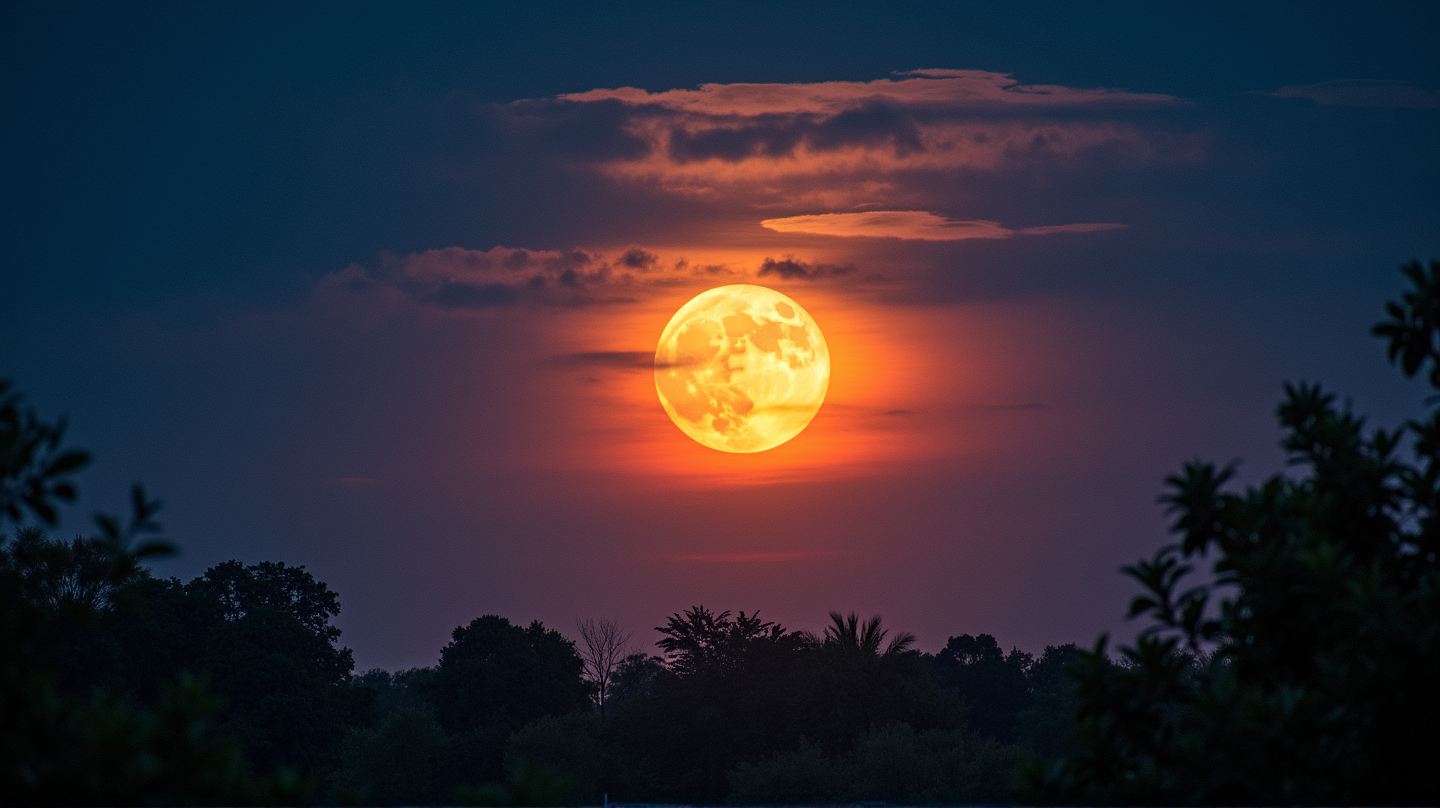As July graces the Northern Hemisphere, skywatchers are in for a dazzling treat - the Buck Moon. Traditionally named for the time when male deer’s antlers are growing anew, this year’s Buck Moon will reach peak brilliance on July 10, 2025. But that’s just the beginning of the astronomical wonders lined up for July.
The Storied “Buck Moon”
The Buck Moon is not just a sight to behold; it’s steeped in history. Rooted in Indigenous traditions of North America, particularly the Algonquin tribes, the full Moon in July heralds the season when bucks regrow their antlers, signifying regeneration and strength. According to the Old Farmer’s Almanac, these antlers can grow impressively fast, driven by natural cycles. This full Moon stands as a beacon of nature’s continuous cycle of life and renewal.
When to Watch the Buck Moon
On July 10, 2025, prepare to witness this lunar marvel. Peak illumination occurs at 4:37 PM EDT, but the best viewing is post-sunset when the Moon gracefully ascends the eastern horizon. For optimal vistas, find a location with a clear southeast view, away from urban light pollution, like rural areas or state parks.
Enhancing Your Viewing Experience
Although stunning to the naked eye, using binoculars or a telescope can magnify your experience, revealing craters and lunar landscapes. Delight in the Moon Illusion as it appears larger on the horizon due to Rayleigh scattering—a phenomenon enhancing the Moon’s golden hue.
Planetary Companions in the Night Sky
The Buck Moon shares its stage with other celestial bodies. Mars will dazzle in the western sky just post-sunset, Venus offers a pre-dawn glow, and Saturn’s iconic rings might grace those with telescopic aids. Each of these cosmic companions promises an unforgettable night under the stars.
Scientific Marvel: The Full Moon and Its Influence
Full Moon phases, marked by the Earth wedged between the Sun and Moon, not only offer vibrant lunar displays but also impact tidal movements due to gravitational dynamics. Notably, this Buck Moon graces the Capricornus constellation, opening pathways to amateur astronomy.
More Than Just a Name
Beyond “Buck Moon,” July’s full Moon also dons other traditional names like “Thunder Moon”—an homage to summer’s atmospheric theatrics, “Salmon Moon”—acknowledging spawning migrations, and “Feather Molting Moon,” marking avian life cycles. These names reflect a tapestry of cultural heritages.
This July, look to the skies and let the Buck Moon narrate stories of nature’s persistence and cosmic splendor. It’s an astronomical event that connects us to both the celestial wonders above and the age-old traditions of Earth below. According to The Times of India, prepare your binoculars and find your viewing spot—you won’t want to miss it.
